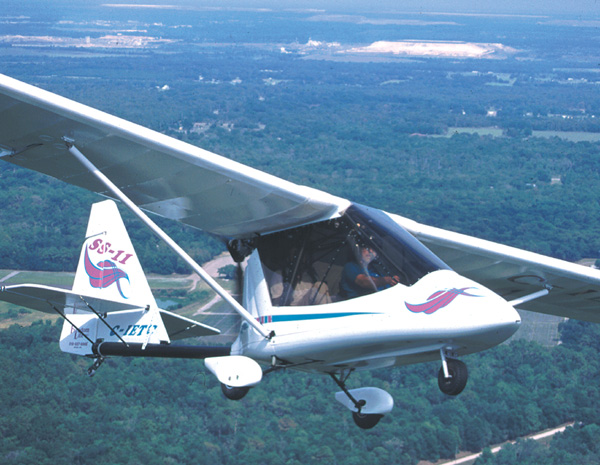
There was a time when a company called Beaver RX Enterprises – which produced the Canadian Beaver designs – was among the leading North American ultralight manufacturers. In particular, the Beaver 550 tandem 2-seater attracted many customers. The company once claimed more than 3,500 ultralights flying. Certainly the model dominated the western Canadian market but also had a presence in the U.S. and other countries. The old Beaver RX Enterprises company went through a number of leadership changes and, driven by overly-ambitious management goals, finally succumbed. When I visited the now defunct company, the firm was a publicly-held corporation listed on the Vancouver Stock Exchange. Even the stock exchange has experienced a transformation, so perhaps it isn’t surprising that Beaver RX Enterprises also lost its heading. As we’ve seen with other good designs, however – such as Quicksilvers, Phantoms or Drifters – the better ultralights can outlast their ownership. The Beaver line is among those survivors.














